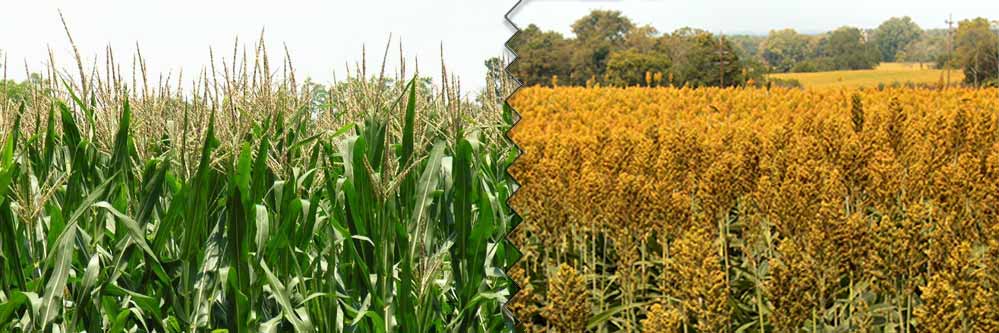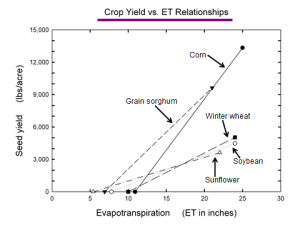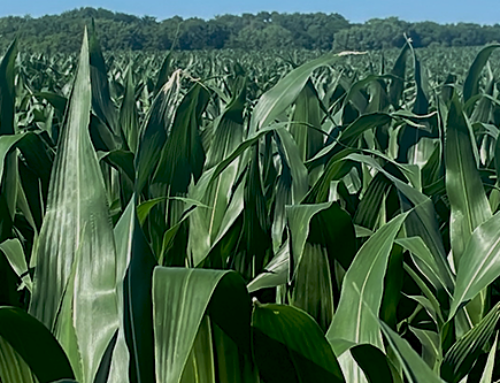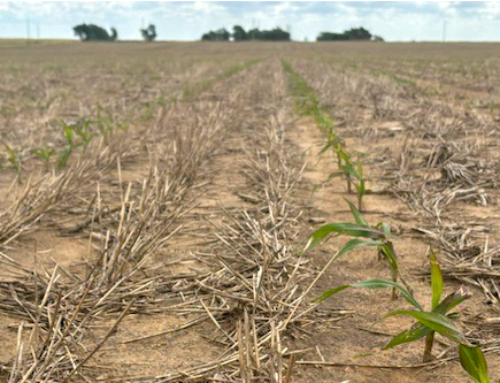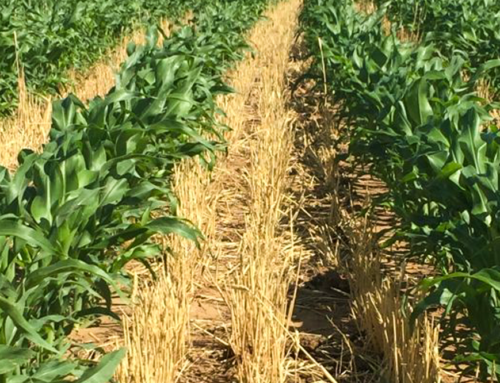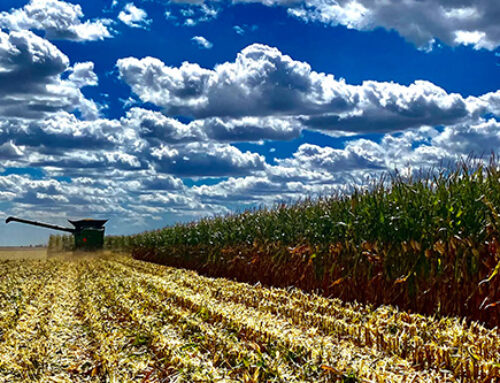Drought conditions continue to persist across much of Nebraska, Kansas, Oklahoma, the Texas Panhandle, and Eastern Colorado. The US drought monitor reports that most of these areas are experiencing either extreme or exceptional drought, which are the two highest levels of drought that are reported. Most long range weather forecasts are expecting drought conditions to persist at least through early 2013 for many of these areas.
After two years of severe drought for much of the western plains, there is generally little subsoil moisture remaining in dryland areas, and many irrigated producers are struggling with production on small wells or wells with small allocations. As a result, many producers who typically grow corn may be looking towards other alternatives for the 2013 growing season.
Dr. Loyd Stone, Professor of Crop and Soil Management at Kansas State University, recently gave a presentation titled Water Requirements of Western Kansas Crops at a summer field day at the K-State Agricultural Research Center in Hays, KS. In it, he discussed both the minimum amount of water necessary (threshold) before a corn or sorghum crop will begin to produce grain and the average number of bushels of grain produced per inch of water above the threshold. His research has shown that grain sorghum will begin to produce grain at a threshold of approximately 7 inches of water use and will generally yield approximately 9.4 bushels per inch of water above the threshold. For corn, the minimum threshold increases to approximately 11 inches of water; however, corn can produce slightly more bushels per inch, 13.3, than sorghum for each additional inch above the threshold. Figure 1 illustrates these numbers for corn and sorghum, as well as sunflowers, soybeans, and wheat. These numbers are based on long term averages from Kansas research, and moisture totals represent stored soil moisture, irrigation and rainfall combined. This data shows that in environments where it is expected that 21 inches of water or more is available for crop production, corn yield is expected to surpass grain sorghum yield. Below 21 inches, grain sorghum is expected to out yield corn by a slim margin, with the margin increasing as available water for production decreases. As a result, producers in rain-fed areas or areas with limited water where it can be expected that the crop may only have between 7-21 inches of available water, grain sorghum may become a better option than corn. However, expected yield alone doesn’t tell the whole story.
Dr. Scott Staggenborg, Professor of Cropping Systems for Kansas State University, in conjunction with the National Sorghum Checkoffand the Plant Management Network produced a webinar in which he incorporates the economics behind making a decision between corn and grain sorghum in high stress, limited water environments. The value of this webinar, originally produced in 2011, has increased considerably as a result of the drought conditions of 2011 and 2012.
Dr. Staggenborg presented information which followed the same trend as Dr. Stone in regards to the relationship between water use and yield of corn and sorghum; however, his data shows that corn will not out yield sorghum until closer to 24 inches of available water. Nevertheless, his message to producers is that you should carefully consider the economics behind growing both crops before making a decision. Grain sorghum prices, on a historical basis, typically average approximately 87% of corn prices. Therefore, in a limited water situation, grain sorghum may not actually earn more than corn, on a per acre basis, until yields can be expected to be 10-15 percent higher than corn yields. Dr. Staggenborg also takes into account the differences in input costs between sorghum and corn and suggests basing your decision on what the expected corn yield would be in your particular situation. According to his data, when corn is expected to yield 105 bushels or less and the sorghum price is near 87% of the corn price, it would be more profitable to plant sorghum. However, if grain sorghum prices are expected to be less than 87% of corn prices, it takes more bushels of grain sorghum to overcome the price difference, making corn a better option at lower yield levels. Of course, the opposite is also true. When corn and sorghum prices are equal, sorghum should be more profitable until corn can be expected to yield 141 bushel or more. The full version of Dr. Staggenborg’s webinar, along with a more detailed discussion of this topic can be found on the Plant Management Network website at: http://www.plantmanagementnetwork.org/edcenter/seminars/sorghum/CornVSorghum/player.html
In addition, you can visit with your Crop Quest Agronomist about these issues to help make a decision regarding the best choice for your operation.
Written by: Chris Sheppard, Dodge City
